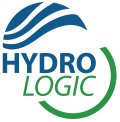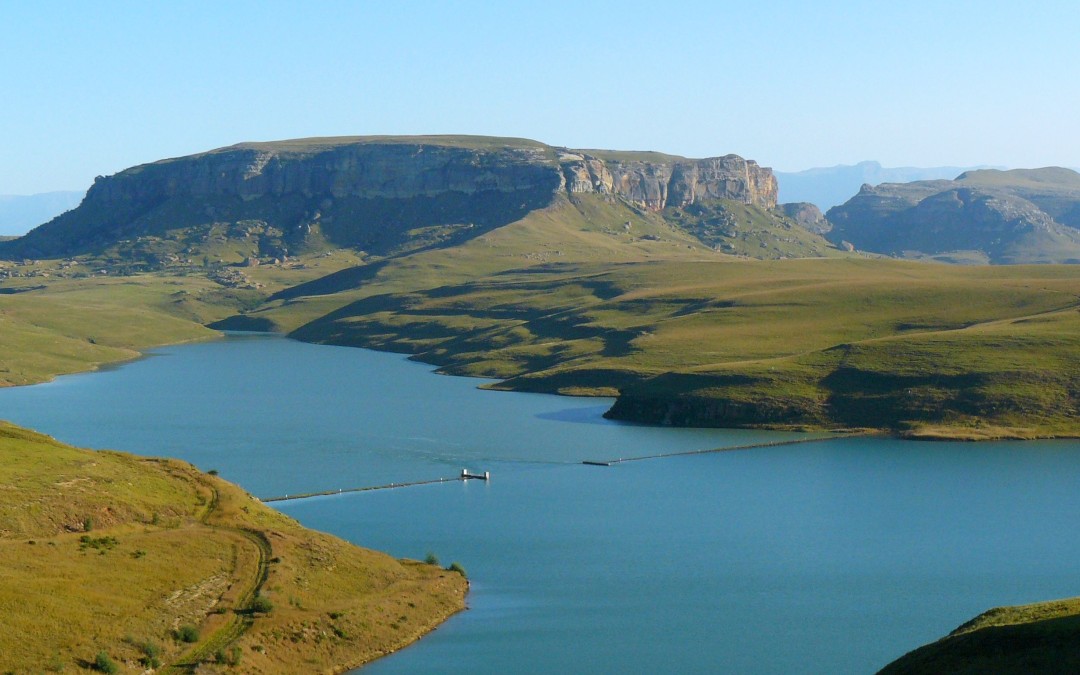An internet search for news regarding water in South Africa currently produces the following headlines:
- Johannesburg imposes water restrictions as some suburbs run dry;
- Mpumalanga water levels critically low;
- Water restrictions set to continue;
- 40% of Durban’s water lost as drought grips; and
- Western Cape gets its water warning.
These headlines speak to the global water crisis that has been worsening in the last few years (e.g. California’s 1 in 1000 year drought).
South Africa is now in the midst of this crisis with the northern parts of the country hardest hit. In Ballito, water restrictions have been in force for months with the enforcement of pressure reducing washers on water lines reducing showers to a trickle, while in Port Shepstone the reduction in flows on the Umzimkulu River resulted in salt water being pumped to locals as sea waters pushed up the river, reaching the water treatment plant extraction point. A recent trip by a family member to a game park in northern KwaZulu-Natal revealed the severity of drought there, with even Hippo’s not be exempt from the deadly consequences of too little water.
While KwaZulu-Natal has been gripped by drought for some time already, the aforementioned headlines indicate just how wide spread the drought is becoming with the Western Cape having become the latest (albeit least severe) casualty.
A review of the dams supplying Cape Town reveal the current combined storage to be 69% after what has just been the regions wet season (http://www.capetown.gov.za/en/water/pages/weeklydamlevels.aspx)
With increasing water supply demands and decreasing assurance of supply, Cape Town, like all major cities in South Africa, currently needs to rethink their water security. Desalinisation, new dams, re-use of water, catchment transfers or groundwater abstractions are all options – each with their own pro and con list.
It is that last option (groundwater abstractions), however, that may prove to be the most favourable option of meeting the future water demands of Cape Town. The Cape Flats (situated east of Table Mountain) is underlain by a sand aquifer which is currently being assessed through a number of complementary studies, with regards to its potential for future for bulk water supply. Although initial abstractions from the Cape Flats aquifer for bulk water supply are dependent on the total capacity and abstraction rate of the aquifer, sustained use of the aquifer is determined by aquifer recharge.
Aquifer recharge occurs naturally as rainfall infiltrates soil layers moving downwards into the aquifer. Urbanised areas, however, cause significant reductions in aquifer recharge due to the influence of hardstanding areas which prevent infiltration and divert rainfall into adjacent drains and watercourses. Sustained abstractions from the Cape Flats aquifer, consequently needs to address increasing aquifer recharge, and includes methods such as artificial recharge (where water being is injected into the aquifer) as well as enhanced methods of infiltration (whereby stormwater instead of being lost to drains and rivers, is instead directed to locations tailored to maximise infiltration into the underlying aquifer.
Water security (supply) is a global issue. As hydrologists, we advise on the potential use of surface water. This includes the ability to undertake hydrological modelling which is used to forecast the reliability of streamflow as well as understanding the impact that river abstractions, dams and land use change can have.

